Healthy Eyes
Clear Vision. Personalized Care
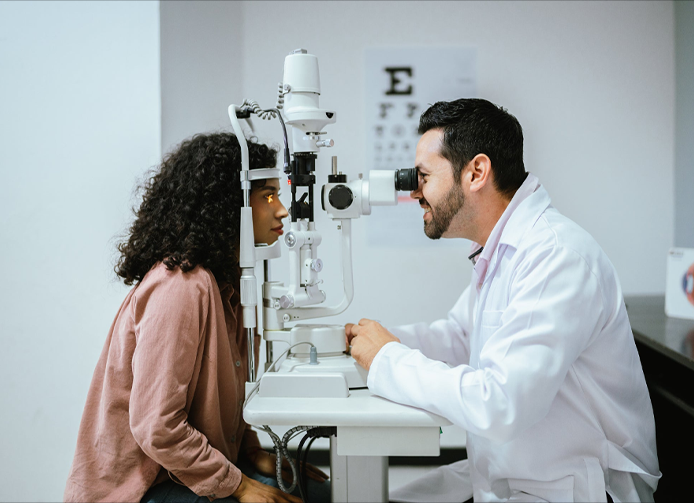
Comprehensive eye exam is more than just checking if you need glasses. It’s a full health check-up for your eyes. During the visit, your optometrist will.

A contact lens exam is done in addition to your regular eye exam if you want to wear contacts. It includes:

MiSight® lenses use a dual-focus optical design, which allows the child to see clearly while also signaling the eye to slow its growth. The lens has alternating rings of correction and treatment zones.

Scleral lenses are large, custom-designed gas-permeable contact lenses that vault over the entire corneal surface and rest on the white part of the eye, called the sclera—hence the name scleral lenses.

There isn’t a one-size-fits-all solution—treatment depends on the severity of your condition and your unique needs.
Scleral lenses are large, custom-designed gas-permeable contact lenses that vault over the entire corneal surface and rest on the white part of the eye, called the sclera—hence the name scleral lenses.
Unlike regular contact lenses that sit directly on the cornea, scleral lenses create a smooth optical surface over the irregular or damaged cornea and hold a reservoir of fluid between the lens and the eye. This unique design provides clear, stable vision and continuous hydration throughout the day.
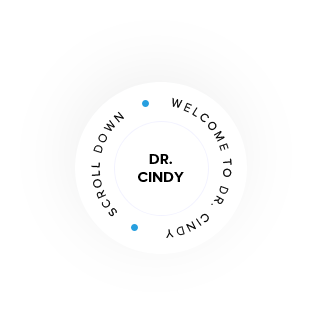
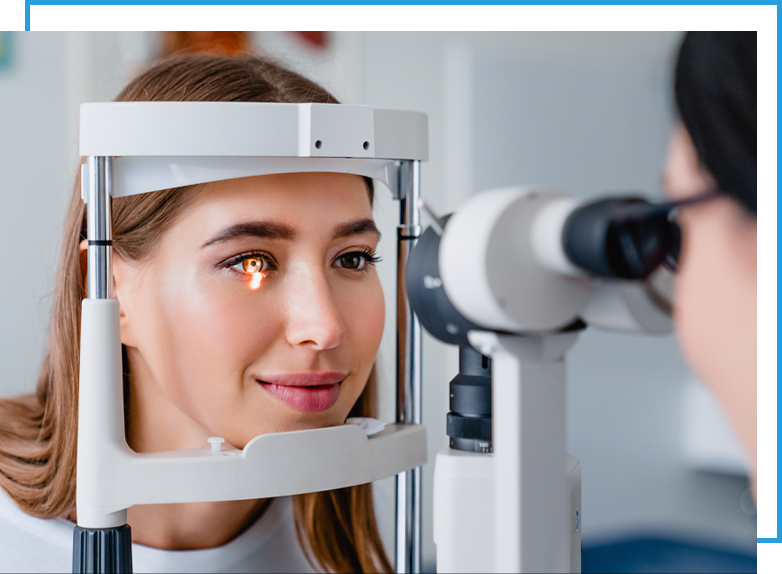

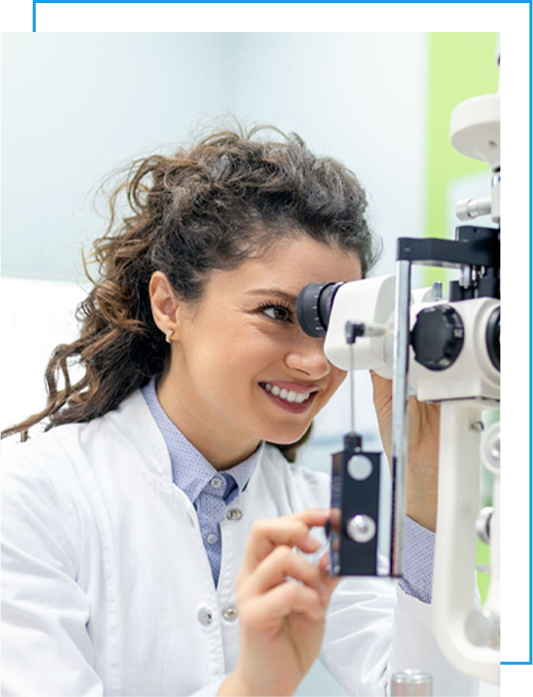
Scleral lenses are an excellent option for people who.

Even with complex corneal conditions.

As the lens vaults over sensitive corneal tissue

All day long, relieving dry eye symptoms.

Making them less likely to dislodge during blinking or movement

For your unique eye shape and condition
Fitting scleral lenses requires specialized equipment, training, and expertise. Dr. Cindy Joseph uses advanced diagnostic tools and careful measurements to design lenses that perfectly match the contours of your eyes. The process typically involves.

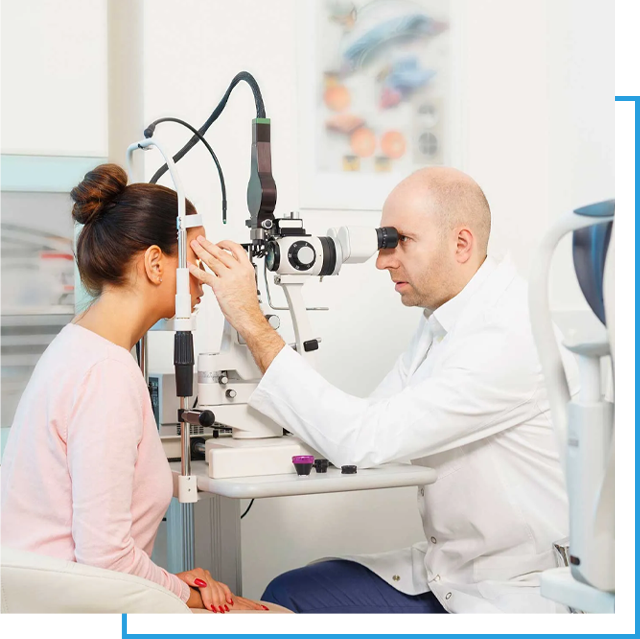
If you’ve struggled with vision correction in the past or have been told you’re not a candidate for regular contact lenses, scleral lenses may be the solution you’ve been looking for. Dr. Cindy Joseph has extensive experience in fitting scleral lenses for a wide range of conditions and is here to guide you through every step of the process.
MiSight® lenses use a dual-focus optical design, which allows the child to see clearly while also signaling the eye to slow its growth. The lens has alternating rings of correction and treatment zones. These zones help.
This means your child can experience clear vision and reduced risk of future vision complications—all in a simple, daily disposable contact lens.

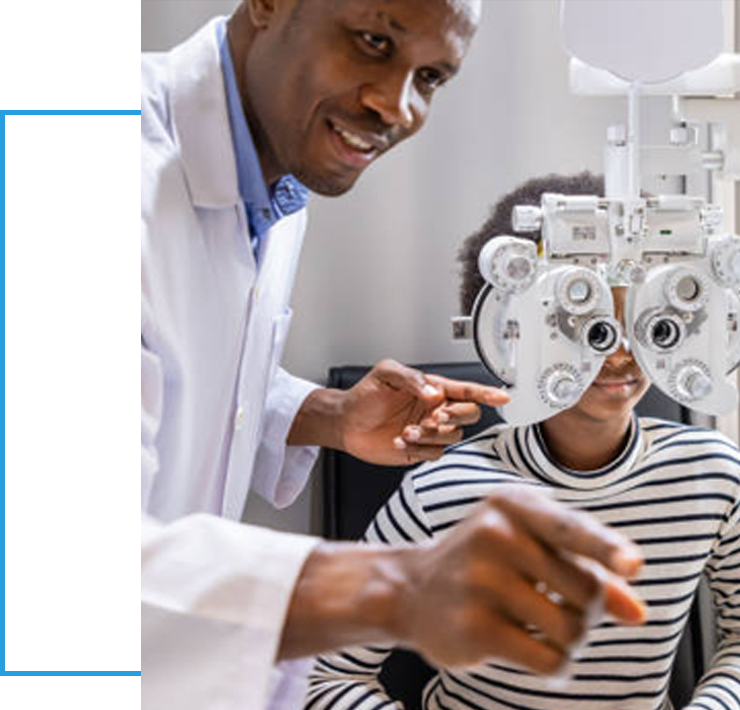
Myopia isn’t just about needing stronger glasses every year. As the eye grows longer, the risk of serious, long-term eye health issues increases, including:

The retina becomes thinner and more fragile, increasing the risk of tears or detachment that can lead to vision loss.

High myopia raises the likelihood of glaucoma, a condition where increased eye pressure damages the optic nerve.

Children with progressing myopia are more likely to develop cataracts earlier in life.

Excessive eye elongation can damage the macula — the part of the eye responsible for sharp, central vision.

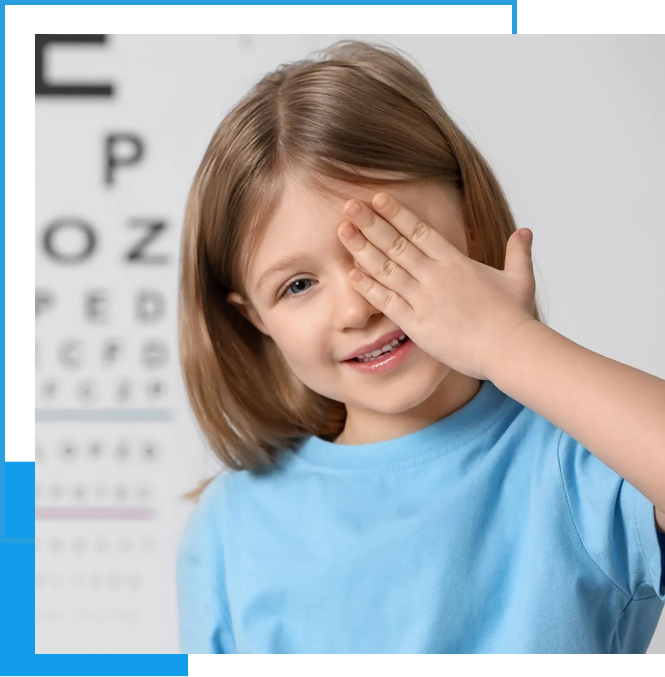
MiSight® is ideal for children.
Dr. Cindy Joseph offers personalized myopia control programs and will evaluate your child’s needs to determine if MiSight® lenses are the right fit..
Early Intervention Matters. If your child’s nearsightedness keeps increasing year after year, MiSight® lenses may be the proactive solution to help slow it down—and protect their vision for years to come.

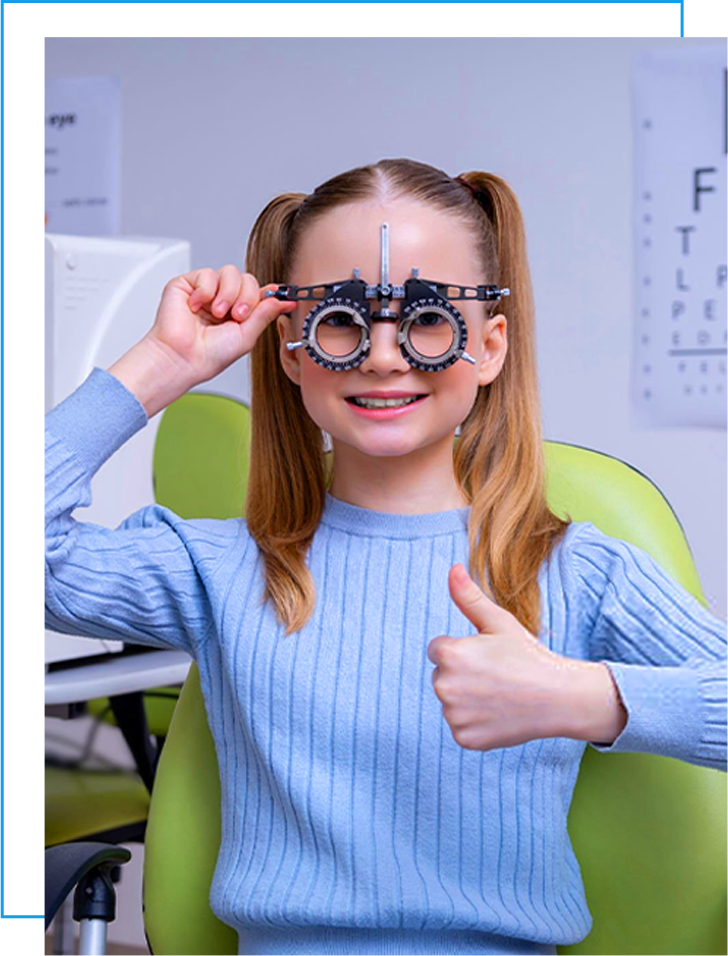
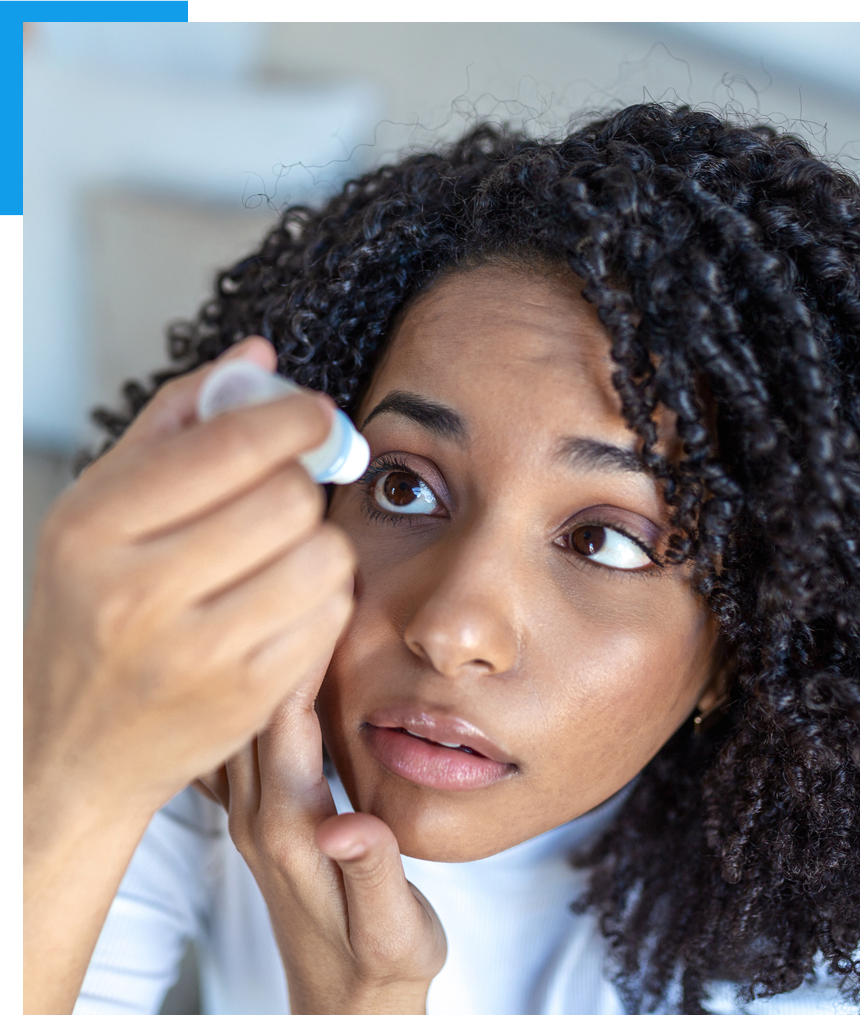
There isn’t a one-size-fits-all solution—treatment depends on the severity of your condition and your unique needs. Some options include.
The right treatment plan can improve comfort, protect the health of your eyes, and make everyday activities easier. With ongoing care, most patients experience lasting relief from dry eye symptoms.